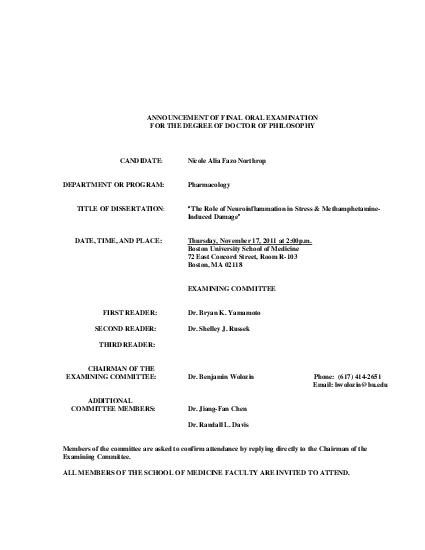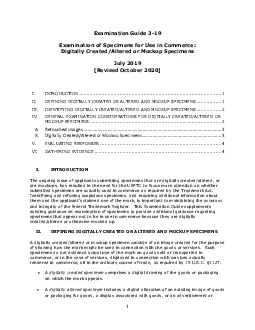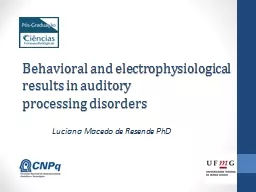PPT-Electrophysiological approaches for examining “
Author : hadly | Published Date : 2024-03-13
physiological amp pathological brain population rhythmic activities in rodent models Liang Zhang Toronto Western Research Institute University Health Network liangzuhnresutorontoca
Presentation Embed Code
Download Presentation
Download Presentation The PPT/PDF document "Electrophysiological approaches for exa..." is the property of its rightful owner. Permission is granted to download and print the materials on this website for personal, non-commercial use only, and to display it on your personal computer provided you do not modify the materials and that you retain all copyright notices contained in the materials. By downloading content from our website, you accept the terms of this agreement.
Electrophysiological approaches for examining “: Transcript
Download Rules Of Document
"Electrophysiological approaches for examining “"The content belongs to its owner. You may download and print it for personal use, without modification, and keep all copyright notices. By downloading, you agree to these terms.
Related Documents














